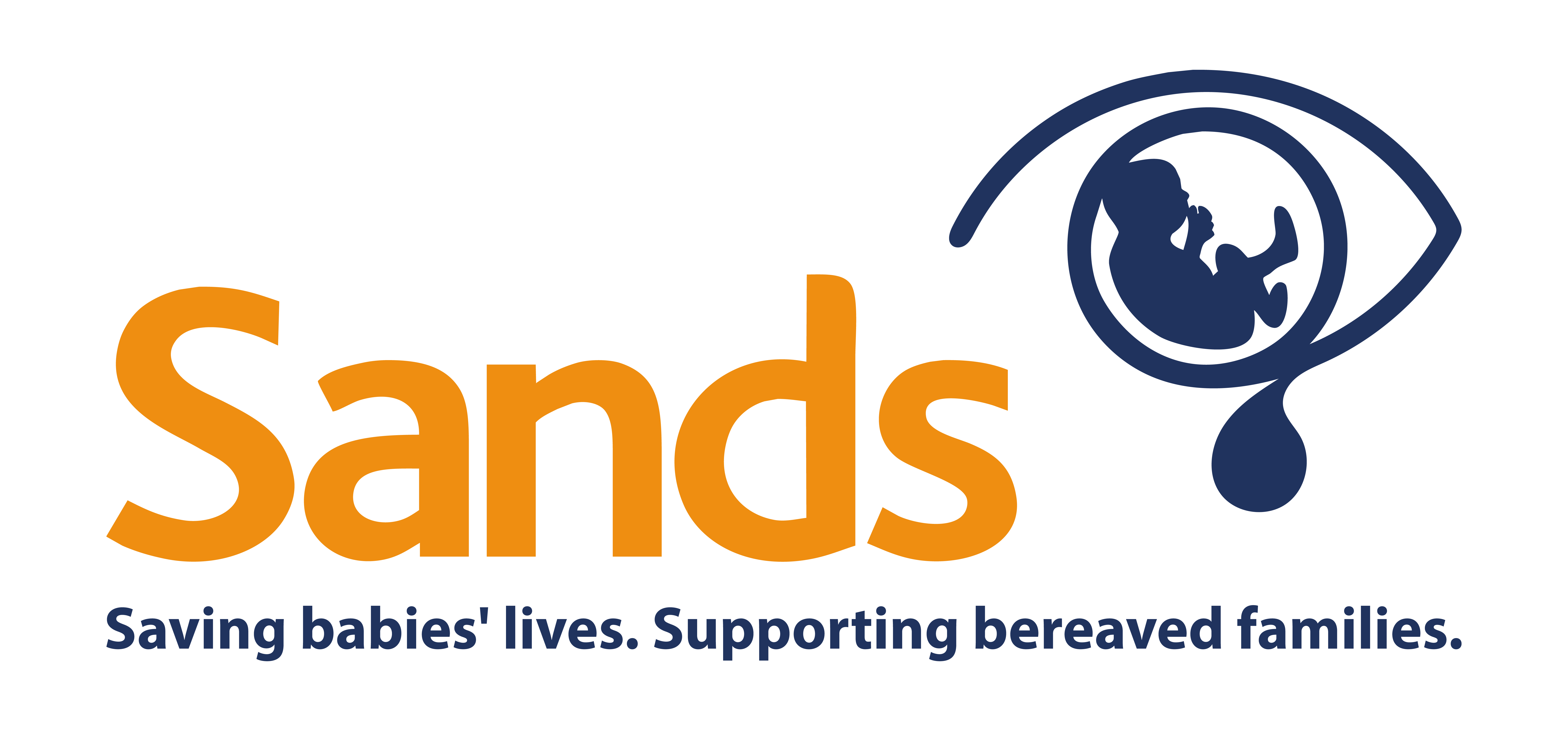Why was this research needed?
High blood pressure during pregnancy can lead to complications for mothers and babies. Currently, most pregnant women with high blood pressure at 40 weeks are offered an induction (artificially starting labour using hormones) or Caesarean section to reduce the risks of continuing with the pregnancy. It is possible that delivering the baby before 40 weeks could reduce the chance of health problems and stillbirth. But it is also possible that an early delivery could increase the chance of complications for the baby.
What were the aims of the research?
The trial aimed to better understand how to get this balance right in practice by testing whether planned delivery at 38 weeks is as safe as usual care monitoring the mother and baby until at least 40 weeks. The research team were also interested in finding out if this approach made any difference to the proportion of these mothers who ended up having Caesarean sections.
What did the researchers do?
During the trial women were randomly put into two different groups: one for planned delivery of the baby at 38 weeks gestation, the other for usual care monitoring the pregnancy until 40 weeks. The research team looked at the number of health problems for the mother and the number of babies admitted to neonatal intensive care in each group to see whether the approach to routinely inducing labour at 38 weeks was as safe as usual care or not.
Sands supported the research team in the design of this study and was closely involved in highlighting the importance of finding a balance between minimising risks of health problems from delivering a baby early and reducing the risk of stillbirth from continuing pregnancy. Along with Action on Pre-Eclampsia (APEC), Sands helped to set up a Parent Advisory Group so that parents can help to support the research team throughout the project.
What did the study find?
Over 400 mothers took part in the trial across 50 UK hospitals, although this was only a third of the number the trial was aiming for as it was stopped early by the funder due to recruitment being deemed too slow. However, this still makes WiLL one of the largest trial of its kind focussing on mothers with high blood pressure at term.
The trial found that:
- There were very low numbers of mothers who had problems in both groups, with no difference between them.
- Neonatal unit admissions were very low in both groups, with no difference between them, showing that routine early delivery at 38 weeks did not increase risks for babies.
- The rate of Caesarean delivery was very slightly lower in the group of mothers induced at 38 weeks, but more research is needed to confirm this finding.
Overall, the trial suggests that planned delivery at 38 weeks is as safe as current usual care for women with high blood pressure nearing their due date.
Additional information
Lead researcher – Professor Laura Magee
Institution – King’s College London
Funder – National Institute for Health Research (NIHR)
Duration – 2018 - 2024
Research papers
Magee, L.A.
et al. (2022) ‘WILL (When to Induce Labour to Limit risk in pregnancy hypertension): a multicentre randomised controlled trial — adaptations to deliver a timing-of-birth trial during the COVID-19 international pandemic’,
Trials, 23(1), p. 884. Available at:
https://doi.org/10.1186/s13063-022-06834-4.
Magee, L.A.
et al. (2024) ‘Determining optimal timing of birth for women with chronic or gestational hypertension at term: The WILL (When to Induce Labour to Limit risk in pregnancy hypertension) randomised trial’,
PLOS Medicine, 21(11), p. e1004481. Available at:
https://doi.org/10.1371/journal.pmed.1004481.
